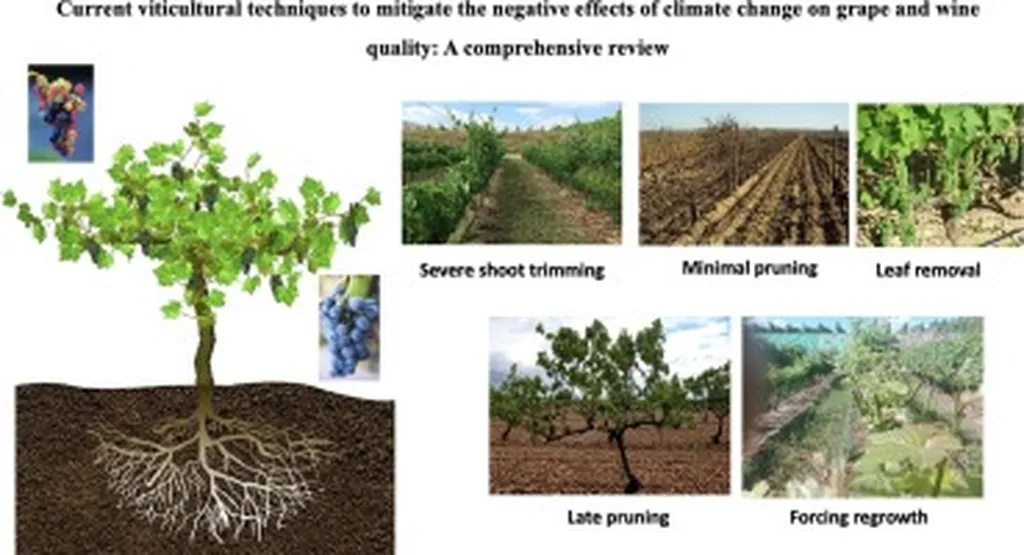In the heart of Shanxi Province, China, a quiet revolution is brewing in the vineyards. Researchers are unraveling the intricate dance between grapevines and stress, a discovery that could reshape the future of viticulture and beyond. At the forefront of this research is HAN Kai, a scientist from the Department of Materials and Chemical Engineering at Taiyuan University, who has been investigating the combined effects of drought and copper stress on Zaoheibao grape seedlings.
Grapevines, a vital economic crop worldwide, face significant challenges from drought and heavy metal stress. These stresses can stifle growth and reduce yield, posing a threat to the sustainability of the grape industry. “Understanding how grapevines respond to these stresses is crucial for developing strategies to mitigate their impact,” HAN Kai explains.
In a study published in ‘Guoshu xuebao’ (translated to ‘Acta Horticulturae Sinica’), HAN Kai and his team subjected Zaoheibao grape seedlings to varying levels of drought and copper stress. They found that the combined stress had a more severe impact on the seedlings than drought alone. “The photosynthetic system of the grape seedlings was significantly damaged under combined stress,” HAN Kai notes.
The team measured a range of physiological parameters, including chlorophyll content, photosynthetic parameters, and antioxidant enzyme activities. They found that the net photosynthetic rate and stomatal conductance declined significantly under stress, while the activities of superoxide dismutase (SOD), peroxidase (POD), and acetaldehyde dehydrogenase (ADH) increased. The content of malondialdehyde (MDA), a marker of oxidative stress, also rose.
But the story doesn’t end there. The researchers also identified 53 ADH genes in the grape genome using bioinformatics approaches. These genes, which play a role in the plant’s response to stress, were classified into four subgroups. “The ADH genes displayed substantial variation across subgroups, but the structure within the same subgroup remained relatively conserved and stable,” HAN Kai explains.
So, what does this mean for the future of viticulture and the energy sector? For one, it provides a theoretical foundation for understanding the drought resistance mechanism in grapevines. This knowledge could be used to breed stress-resistant varieties, ensuring the sustainability of the grape industry in the face of climate change.
Moreover, the findings could have implications for the energy sector. Grapevines are not just a source of wine; they are also a source of biomass, which can be converted into bioenergy. Understanding how grapevines respond to stress could help optimize their growth and yield, making them a more viable source of renewable energy.
In the words of HAN Kai, “This research is not just about grapevines. It’s about understanding the resilience of plants and harnessing that knowledge to create a more sustainable future.” As we face the challenges of climate change and energy security, this research offers a glimmer of hope, a testament to the power of science to illuminate the path forward.

